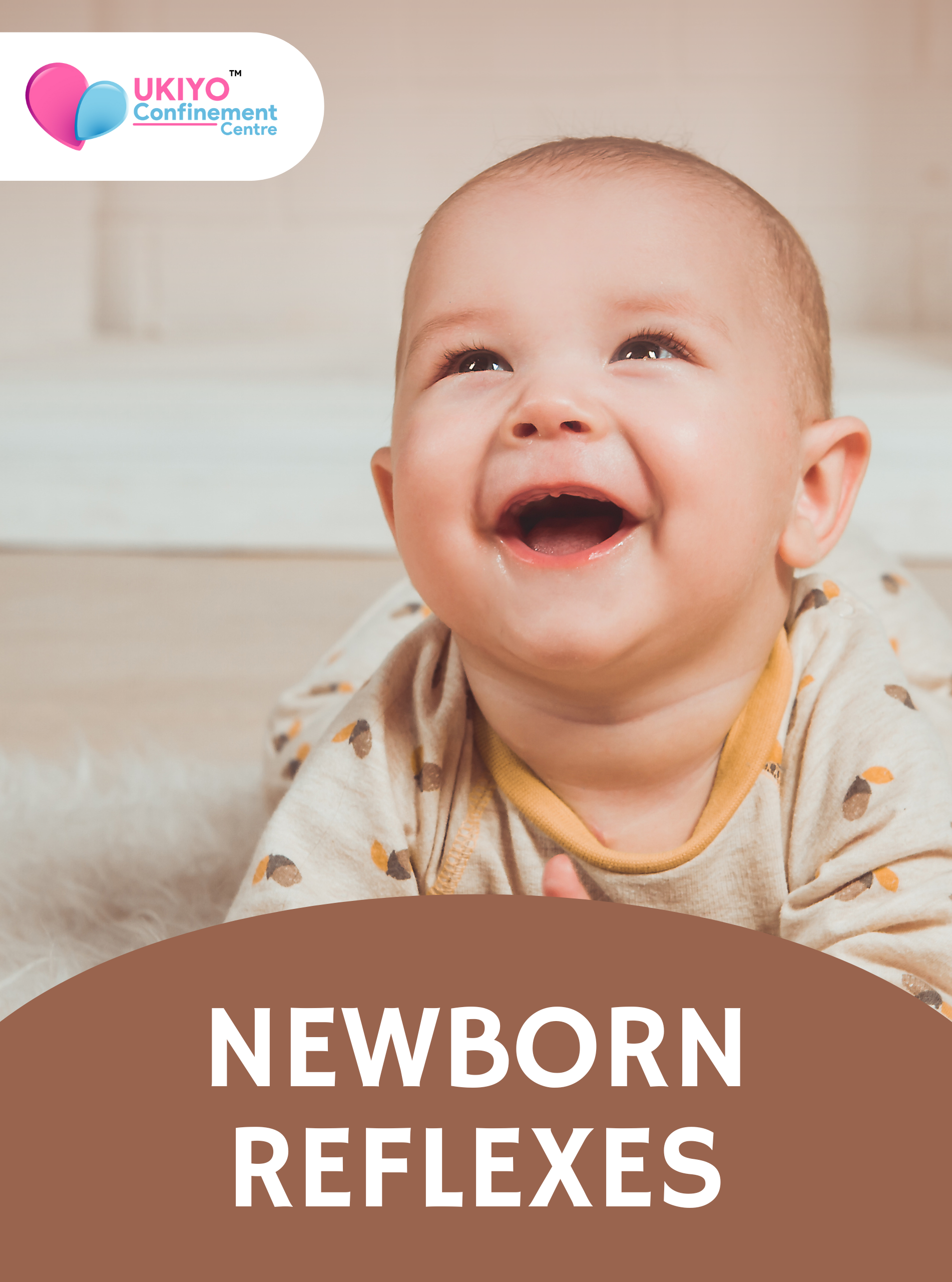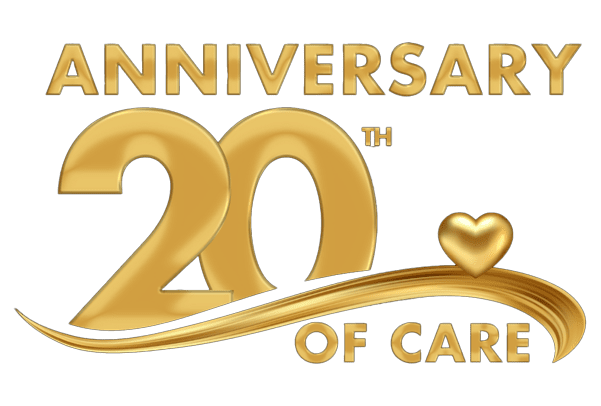

Ukiyo Confinement Centre
16th August 2023
Ukiyo Confinement Centre
16th August 2023
Newborn Reflexes
Reflexes are movements or actions that happen automatically. Some happen naturally as the baby moves around, while others are reactions to things around them. Doctors use reflexes to make sure the baby’s brain and nerves are working properly. Some reflexes only happen at certain stages of development. Here are some reflexes that are normal in newborn babies:
Type of Newborn Reflexes
Root Reflex
Sucking Reflex
Moro Reflex
Tonic Neck Reflex
Grasp Reflex
Babinski Reflex
Stepping Reflex
Root Reflex
This newborn reflex is triggered by touching the corner of the baby’s mouth. Your baby will turn their head in the direction of the touching. With their mouth open, they’ll “root” in that direction. This rooting aids in feeding, as it helps the baby find the bottle or breast that will nourish them. This reflex lasts about 4 months.
Sucking Reflex
The rooting reflex sets the stage for the sucking reflex, which allows the baby to breastfeed safely. When the nipple touches the roof of the baby’s mouth, they automatically begin to suck. The sucking reflex helps coordinate the rhythms of sucking, breathing, and swallowing. This reflex gets stronger the more the baby does it and will evolve into habits like sucking their thumb for comfort.
The sucking reflex develops before the baby is born. It begins around week 32 of pregnancy and fully develops around week 36.
Moro Reflex
The Moro reflex, also called the startle reflex, is the baby’s reaction to being startled. The cause is often a loud sound, a sudden movement, or even their own cry. As an adult, you may jump and blink when something startling happens. When the Moro reflex is triggered, the baby throws their head back, throws out their arms and legs, cries, and quickly pulls their limbs back in. This reflex lasts for only the first 2 months.
Tonic Neck Reflex
The tonic neck reflex is sometimes called the fencing position because the baby holds their arms in a position like they’re fencing. The tonic neck reflex happens when the baby turns their head to one side with their arms stretched out. If their head is turned to the right, the right arm will stretch out while the left arm bends up at the elbow.
This reflex might be difficult to notice. The movements can often be subtle. Your baby may not do it at all if they are fidgeting or crying. This reflex lasts until 5 to 7 months of age.
Grasp Reflex
You’ve probably noticed this reflex when you put your finger into your baby’s hand and they grasp it. The grasp reflex happens when you lightly touch the palm of their hand. The sensation causes the baby to close their fingers. This reflex lasts until around 6 months of age.
Babinski Reflex
This reflex is similar to the grasp reflex. When you stroke the bottom of your baby’s foot, the big toe will bend back while the other toes fan out and away. This reflex disappears between 12 months and 2 years of age.
Stepping Reflex
You probably get a bit surprised when you hold your baby upright on the floor and they try to walk. This is simply the stepping reflex at work. It is also called the walking or dancing reflex. You’ll want to be wary of this reflex, as your newborn still cannot support their own weight. Helping them stand upright by holding underneath their arms will trigger the stepping reflex. They’ll start to step forward as if walking.
The reflex will disappear after the first 2 months and reappear after the first year, when the baby begins learning how to walk.
If you are interested in learning more about baby care or confinement centre, we invite you to reach out to us directly. Our team of experts is dedicated to providing comprehensive information, guidance, and support to help you navigate the world of parenting and make informed decisions.
Please don’t hesitate to contact us via WhatsApp at +601128698025, and we will be delighted to assist you further. We understand the importance of providing the best care for your little one and are here to offer the knowledge and resources you need on this beautiful journey of parenthood.



